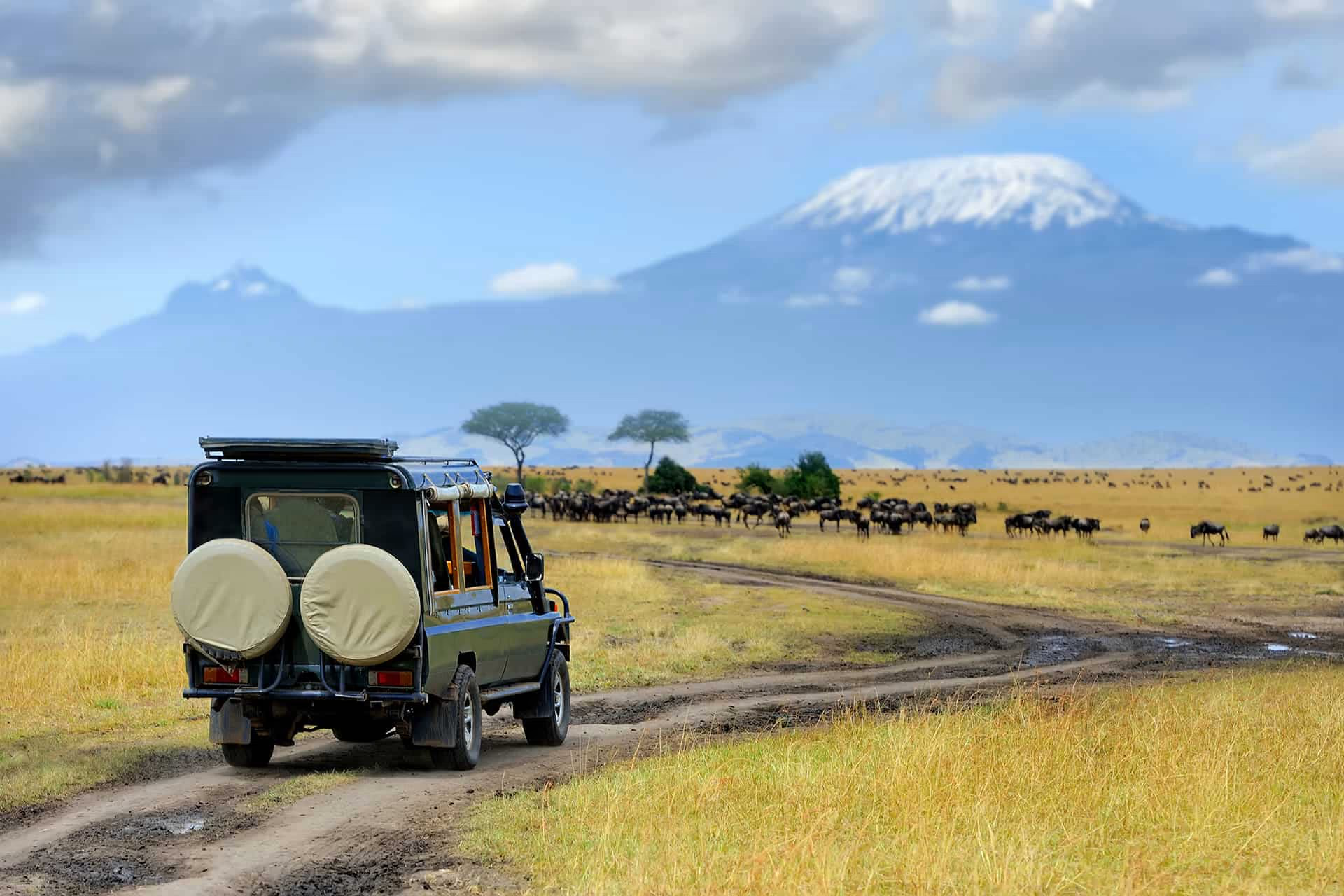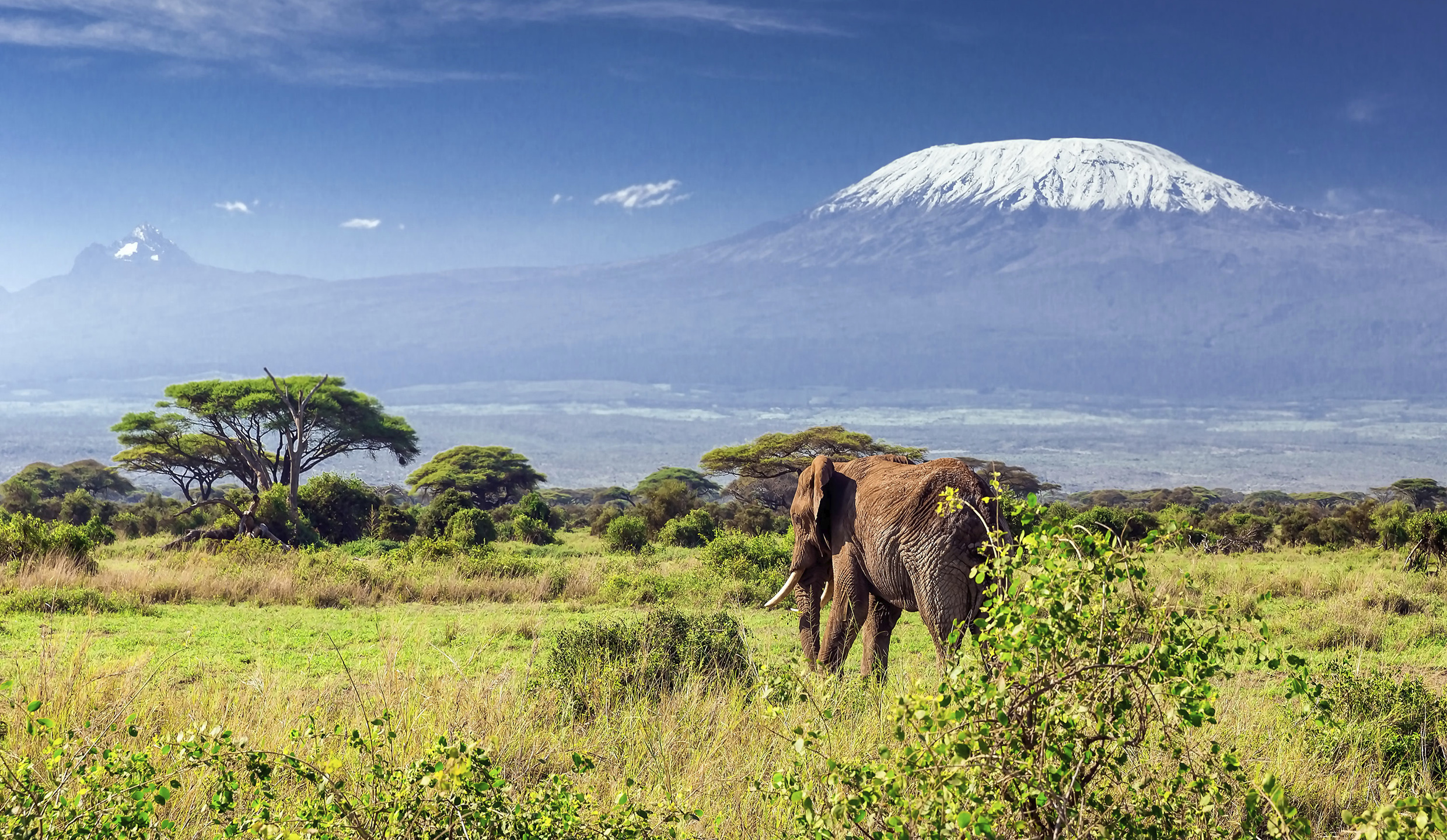Mt. Kilimanjaro NCR 11 days


Itinerary for Hiking Mt. Kilimanjaro Via Nothern Circuit Route
Mount Kilimanjaro, the highest peak in Africa, stands at 5,895 meters (19,341 feet) above sea level. Located in Tanzania, this iconic mountain is renowned for its stunning, snow-capped summit and pristine, diverse ecosystems, ranging from lush rainforests to alpine deserts. Hiking Kilimanjaro offers adventurers a challenging yet rewarding experience, as they ascend through ever-changing landscapes to reach the "Roof of Africa".The Northern Circuit is the longest and one of the newest routes to Kilimanjaro's summit, offering a unique and less crowded experience. It provides excellent acclimatization opportunities, and its longer duration increases the chances of a successful summit. The route traverses nearly the entire mountain, offering stunning views and a wide variety of landscapes.
Good to Know:
-
Country: Tanzania
-
Visa Requirements: Yes
-
Languages spoken: English & Swahili
-
Per Person: $3,500 - $5,000
-
Important to have Visa & Travel Insurance
-
A knowledgeable guide will greatly enhance your experience.
-
Trekking Clothes, Personal Gear, Poles and Other Important Hiking equipment is necessary.
Day 1: Londorossi Gate to Mti Mkubwa (Big Tree) Camp
Elevation: 2,100m to 2,650m
Distance: 6 km
Hiking Time: 3-4 hours
Habitat: Rainforest
Description: After a drive from Moshi or Arusha to Londorossi Gate for registration, you'll begin your trek through dense rainforest. The first camp, Mti Mkubwa, is reached after a few hours of trekking, offering your first night on the mountain.
Day 2: Mti Mkubwa Camp to Shira 1 Camp
Elevation: 2,650m to 3,610m
Distance: 8 km
Hiking Time: 5-6 hours
Habitat: Moorland
Description: Today, the trail continues through the forest before emerging into the moorland zone. You’ll cross several ridges, eventually arriving at Shira 1 Camp, located on the western edge of the Shira Plateau.
Day 3: Shira 1 Camp to Shira 2 Camp
Elevation: 3,610m to 3,850m
Distance: 7 km
Hiking Time: 3-4 hours
Habitat: Moorland
Description: The trek across the Shira Plateau is relatively easy, with magnificent views of the surrounding landscape. You’ll reach Shira 2 Camp in the afternoon, with time to relax and enjoy the panoramic views of Kibo Peak.
Day 4: Shira 2 Camp to Lava Tower to Moir Hut
Elevation: 3,850m to 4,600m (Lava Tower) to 4,200m (Moir Hut)
Distance: 14 km
Hiking Time: 7-8 hours
Habitat: Semi-desert
Description: The trail heads east up a ridge, passing the junction toward the peak of Kibo. As you hike toward Lava Tower (a major landmark at 4,600m), you’ll begin to experience the effects of altitude. After a rest at Lava Tower, descend to Moir Hut, located in a remote part of the mountain. This day is excellent for acclimatization as you climb high and sleep low.
Day 5: Moir Hut to Buffalo Camp
Elevation: 4,200m to 4,020m
Distance: 12 km
Hiking Time: 5-7 hours
Habitat: Alpine Desert
Description: The trek starts with a moderately steep climb out of Moir Valley. If you’re feeling energetic, you can take a detour to climb the summit of Little Lent Hill at 4,375m. After reaching the top of the hill, the trail crosses the Northern Circuit route. The path then descends into a broad valley before arriving at Buffalo Camp for the night.
Day 6: Buffalo Camp to Third Cave Camp
Elevation: 4,020m to 3,870m
Distance: 8 km
Hiking Time: 5-7 hours
Habitat: Alpine Desert
Description: Begin your day with a climb up the Buffalo Ridge, where you’ll enjoy stunning panoramic views of the Kenyan plains. The trail then descends slightly to reach Third Cave Camp, located at the base of the Kibo Peak. This day is relatively short, allowing more time for rest and acclimatization.
Day 7: Third Cave Camp to School Hut
Elevation: 3,870m to 4,800m
Distance: 10 km
Hiking Time: 4-5 hours
Habitat: Alpine Desert
Description: Today, you continue your trek up to School Hut, located just below the summit zone. The landscape becomes more barren and rugged as you ascend. Upon arrival at School Hut, you’ll have an early dinner and rest in preparation for the midnight summit attempt.
Day 8: School Hut to Uhuru Peak to Crater Camp
Elevation: 4,800m to 5,895m (Uhuru Peak) to 5,720m (Crater Camp)
Distance: 15 km
Hiking Time: 10-14 hours
Habitat: Arctic Zone
Description: You’ll start your final ascent to the summit around midnight, climbing steep scree up to Gilman’s Point on the crater rim. From there, it’s a short distance to Uhuru Peak, the highest point in Africa. After celebrating your achievement, you’ll descend slightly to Crater Camp, located inside the Kibo Crater, where you’ll spend the night. Crater Camp is one of the most unique and remote campsites on Kilimanjaro, offering an extraordinary experience.
Day 9: Crater Camp to Millennium Camp
Elevation: 5,720m to 3,820m
Distance: 12 km
Hiking Time: 6-8 hours
Habitat: Arctic Zone to Alpine Desert
Description: After a night in the crater, you’ll begin your descent by retracing your steps down to Stella Point, then onto Barafu Camp. Continue descending through the alpine desert to Millennium Camp, where you’ll spend your last night on the mountain.
Day 10: Millennium Camp to Mweka Gate
Elevation: 3,820m to 1,640m
Distance: 12 km
Hiking Time: 5-6 hours
Habitat: Rainforest
Description: Complete your descent through the lush rainforest, enjoying the changes in scenery. Upon reaching Mweka Gate, you’ll receive your summit certificate and be transferred back to your hotel in Moshi or Arusha for a well-deserved rest.
Day 11: Departure
Description: After breakfast, depending on your travel plans, you’ll be transferred to Kilimanjaro International Airport or continue your Tanzanian adventure with a safari or a visit to Zanzibar.


Prices vary depending on the tour operator, group size, and whether you opt for budget, mid-range, or luxury services.
What’s Included:
Accommodation:
Pre- and Post-Trek Hotel Nights: Usually 2 nights in Moshi or Arusha (one night before the trek and one night after).
Camping Accommodation: Tents and sleeping pads during the trek.
Meals:
All Meals on the Mountain: Breakfast, lunch, and dinner during the trek.
Drinking Water: Treated water provided throughout the trek.
Guides and Staff:
Professional Mountain Guides: Certified and experienced Kilimanjaro guides.
Porters: Porters to carry your gear and set up camp.
Cooks: A cook to prepare meals on the mountain.
Park Fees:
Kilimanjaro National Park Fees: Entrance, camping, and rescue fees.
Group Equipment:
Camping Gear: High-quality tents, dining tents, tables, chairs, and cooking equipment.
First Aid Kit: A basic first aid kit carried by the guide.
Transportation:
Transfers: Round-trip transfers between your hotel and the Kilimanjaro trailhead.
Summit Certificate:
Climbing Certificate: Awarded to climbers who reach Stella Point, Gilman’s Point, or Uhuru Peak.
Oxygen Supply:
Oxygen: Emergency oxygen is typically carried by the guides.
What’s Not Included:
Personal Gear:
Clothing: Personal trekking gear such as jackets, base layers, waterproof gear, gloves, hats, etc.
Sleeping Bag: You may need to bring or rent your own sleeping bag (recommended to be rated for -10°C/14°F or lower).
Trekking Poles: Personal trekking poles, if needed.
Travel Insurance:
Comprehensive Travel Insurance: Including coverage for high-altitude trekking, medical emergencies, trip cancellation, and evacuation.
Visa and Vaccinations:
Tanzanian Visa: The cost of obtaining a visa for Tanzania.
Vaccinations: Any required vaccinations (e.g., yellow fever) and personal medications.
Meals Not on the Mountain:
Meals in Moshi/Arusha: Before and after the trek (unless specifically included in your package).
Tips for Guides, Porters, and Cook:
Gratuities: Tipping is customary and expected, typically ranging from $250 to $400 per climber for the entire crew.
Personal Expenses:
Souvenirs, Snacks, and Drinks: Any personal purchases, additional snacks, drinks (soft drinks, alcohol), and souvenirs.
